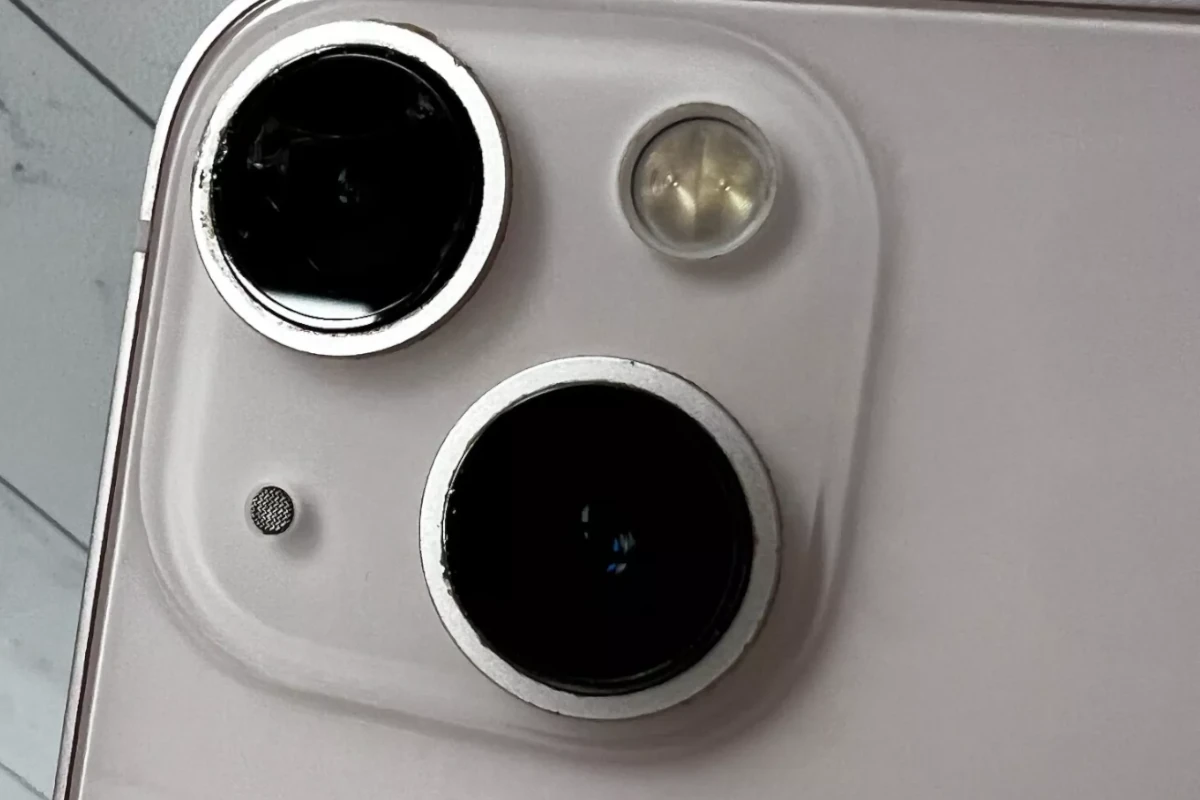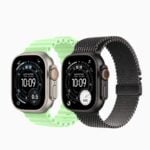Discovering water in your iPhone camera can be unsettling. Water can blur your photos, and if not addressed quickly, it can cause long-term damage. Acting fast is crucial to prevent moisture from seeping further into the camera’s internal components.
The presence of moisture in an iPhone camera suggests a need for careful handling. One must avoid panic and resist the urge to apply direct heat, as hasty methods can do more harm than good. Seeking a safe and effective method to remove the water without risking additional damage is the best course of action.
Immediate Steps
Getting water in your iPhone camera can be frustrating, causing blurred or distorted photos. Here’s a comprehensive guide to safely remove water and condensation from your iPhone camera.
1. Power Off Your Device Immediately The first and most crucial step is to turn off your iPhone right away to prevent further damage to internal components.
2. Clean External Water If a liquid other than water splashed on your iPhone, rinse the affected area with tap water first. Then wipe your iPhone with a soft, lint-free cloth—like a lens cloth—paying special attention to the camera lens (source: Apple Community).
Drying Methods
3. Remove SIM Card and Tray Taking out the SIM card and tray allows these areas to dry and provides another exit path for trapped water. Make sure your iPhone is completely dry before reinserting the SIM tray (source: Know Your Mobile).
4. Use Silica Gel Packets Place your iPhone in a sealed container with silica gel packets (the kind found in shoe boxes or electronics packaging). These are more effective than rice at absorbing moisture (source: Know Your Mobile).
5. Gentle Heat and Air Circulation Place your iPhone in a warm, dry area with good air circulation. Avoid direct heat sources like hair dryers or heating vents, as excessive heat can damage your device.
What NOT to Do
- Don’t use a hair dryer or apply direct heat
- Don’t shake or tap the device vigorously
- Don’t try to charge your iPhone while it’s wet
- Don’t use rice (it’s less effective than silica gel and can leave particles in ports)
Recovery Time
Allow 24-48 hours for complete drying before turning your device back on. Water condensation in the camera can be particularly stubborn and may take longer to fully evaporate (source: Blinks and Buttons).
When to Seek Professional Help
If water remains in the camera after 48 hours, or if your iPhone won’t turn on properly, contact Apple Support or visit an authorized repair center. Attempting further DIY repairs could void your warranty or cause additional damage.
Remember, newer iPhones have water resistance ratings, but they’re not completely waterproof. Acting quickly and following these steps gives you the best chance of saving your device and restoring clear camera functionality.
Key Takeaways
- Quick action is essential for preventing water damage to iPhone cameras.
- Safe methods should be used to avoid further damage while removing moisture.
- Professional repair services or drying kits can be effective for long-term solutions.
Immediate Actions to Prevent Water Damage
When water enters an iPhone, quick action can greatly reduce the chance of long-lasting damage. The immediate focus should be on turning off the device and removing moisture quickly and safely.
Power Off and Disassemble
Power off the iPhone as soon as it is exposed to water. This step lowers the risk of short circuits that can damage the device’s electronic components. If the device has a removable battery, which is uncommon for iPhones, remove the battery. Next, take out the SIM card. This provides an extra vent for moisture to escape and reduces potential SIM card damage.
Remove Moisture
After powering down the phone and disassembling the components that you can, turn your attention to moisture removal. Gently wipe the iPhone with a soft, dry cloth, paying special attention to the camera lens where water can condense. Avoid heat sources like hairdryers, as they can harm the device. Instead, place your iPhone in a dry, cool area or use a desiccant, like silica gel, to draw out the moisture. Some suggest using rice as a desiccant, but silica gel is more effective at absorbing water.
Long-Term Solutions and Repair Options
Long-term solutions ensure your iPhone camera remains clear and functional after exposure to water. These steps and strategies prioritize the camera’s longevity and the prevention of future damage.
Seeking Professional Help
If water enters your iPhone camera, it’s best to consult a professional service, especially if the camera malfunctions or if water spots persist after initial cleaning. Experts at an Apple Store or certified service center can assess the damage and perform necessary repairs. Most newer iPhones have an IP67 rating and are water-resistant; however, if water does cause damage, it may still fall under warranty. A professional can inform you of repair options and the coverage of any warranty that applies. It’s essential to follow through on these options to avoid long-term issues.
Preventive Measures
Taking preventive steps can spare your phone from water damage in the first place. Using a waterproof case offers the most straightforward protection. It’s a practical decision, given the potential cost of repair. Beyond a case, avoid bringing your phone into situations where water exposure is likely. While your phone may have an IP67 rating, this resistance can deteriorate over time and isn’t foolproof. Prevention saves time, money, and the inconvenience of being without a functional phone camera.







